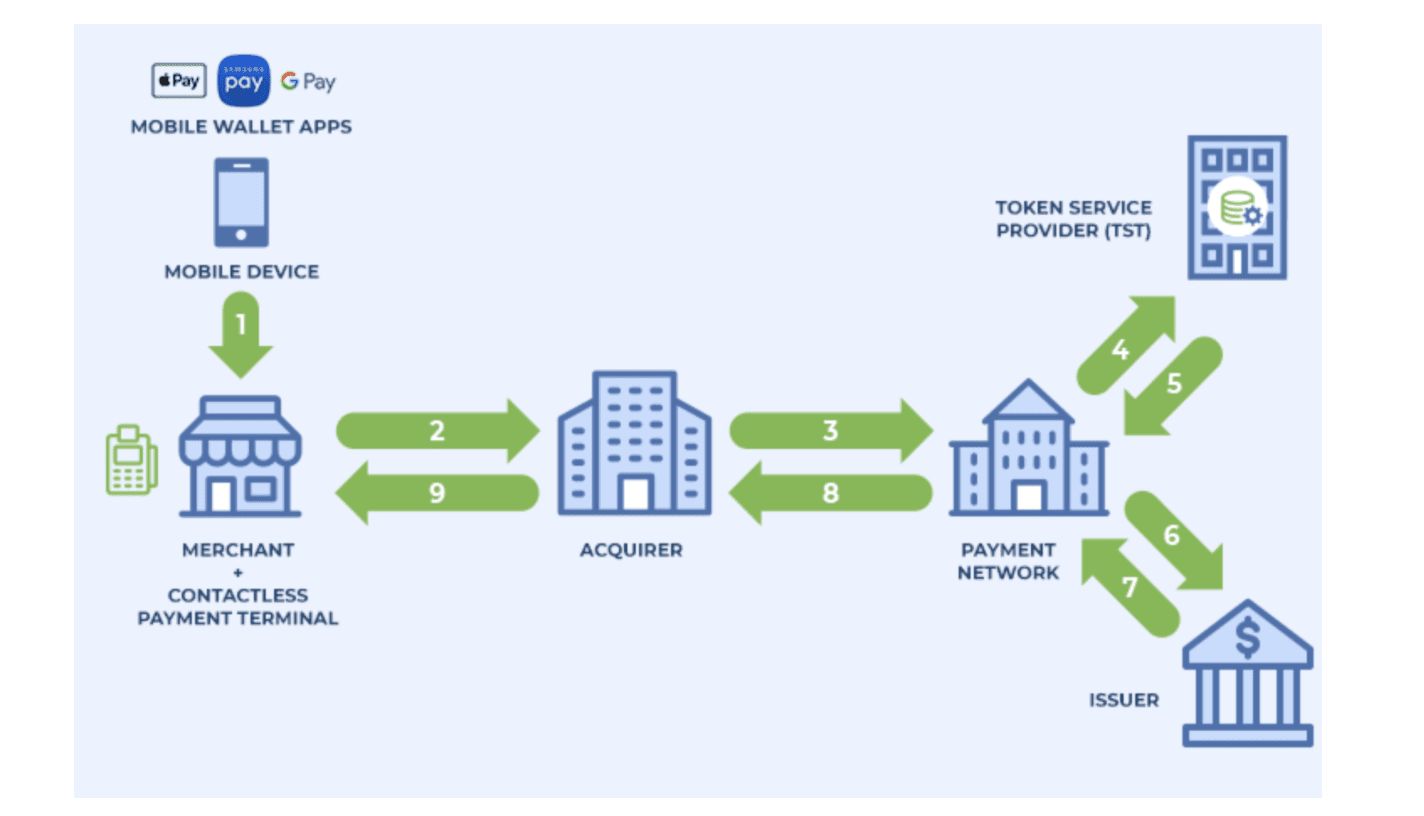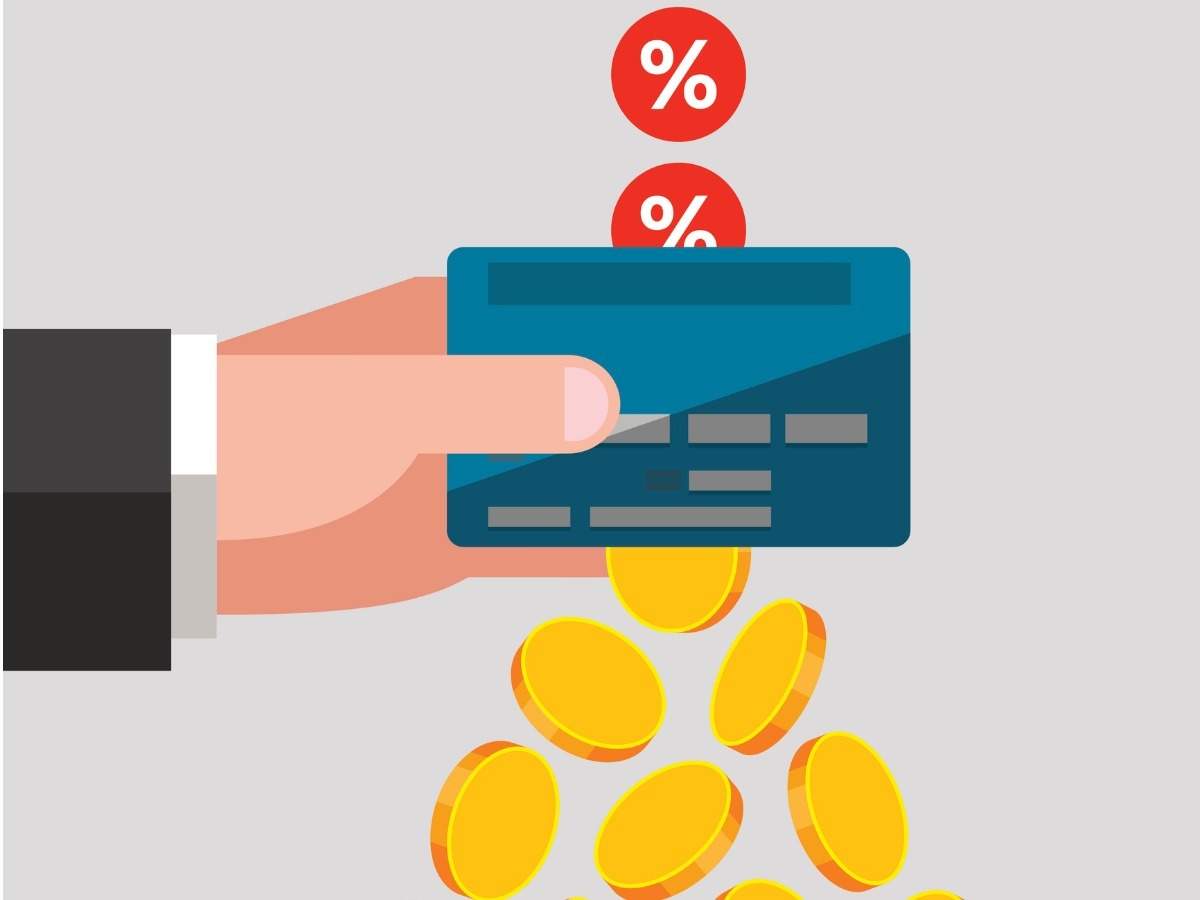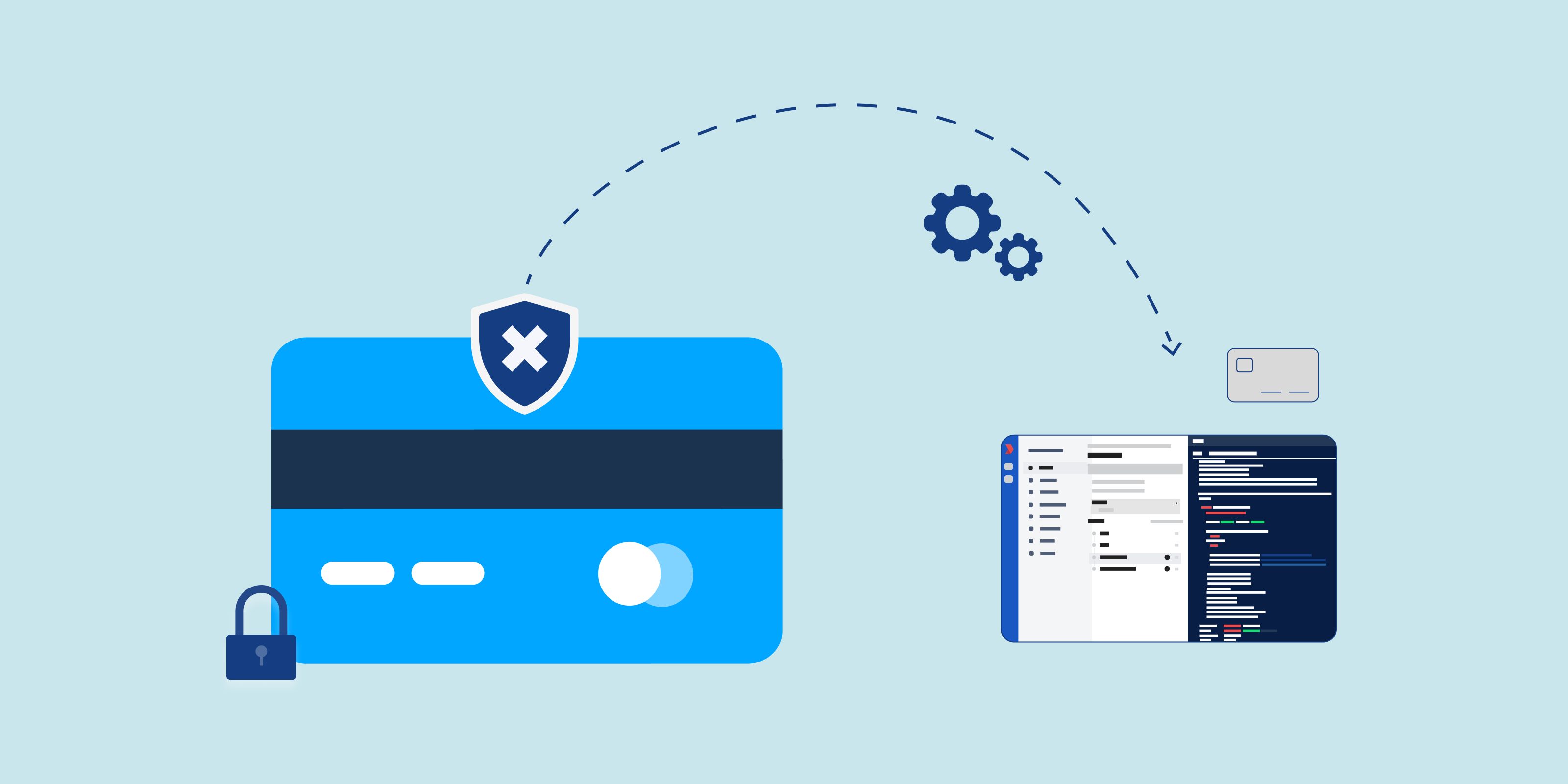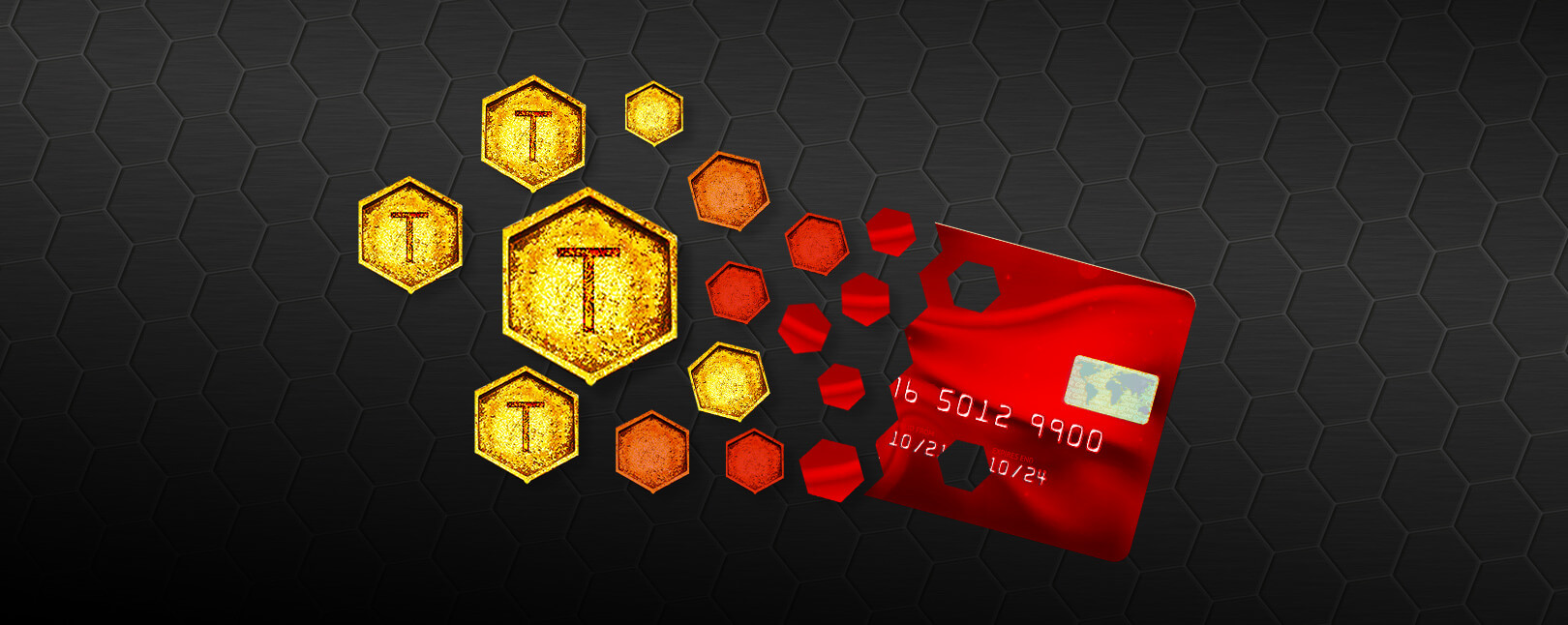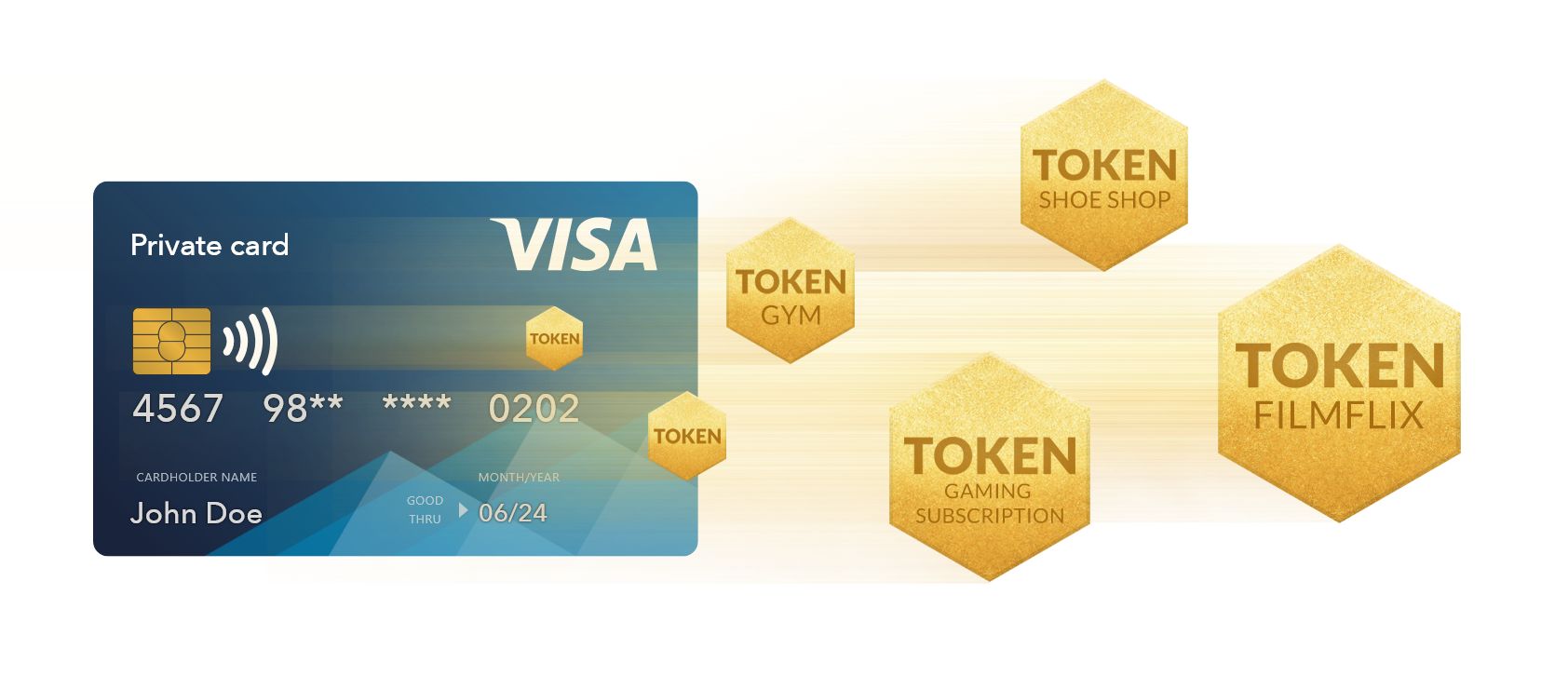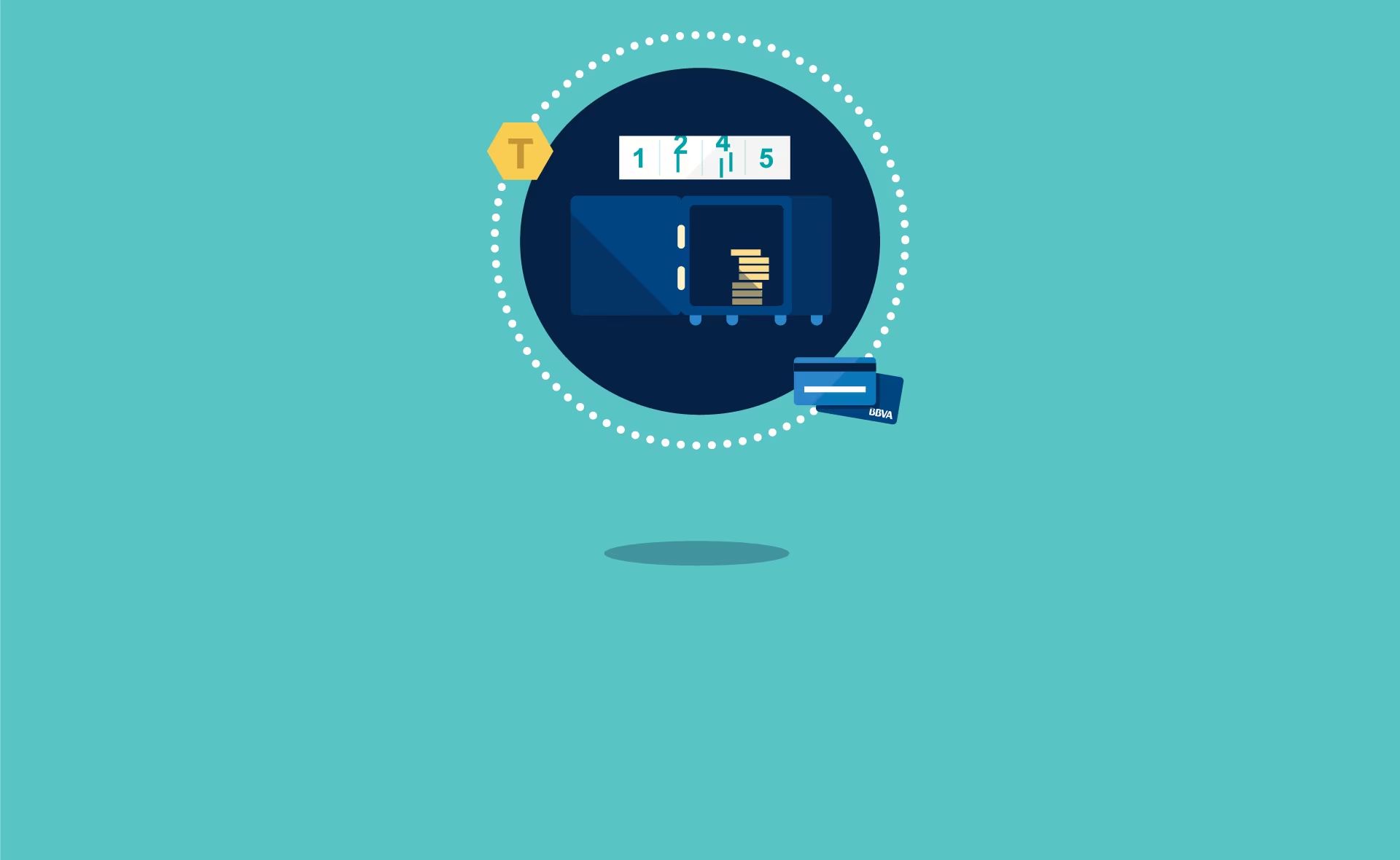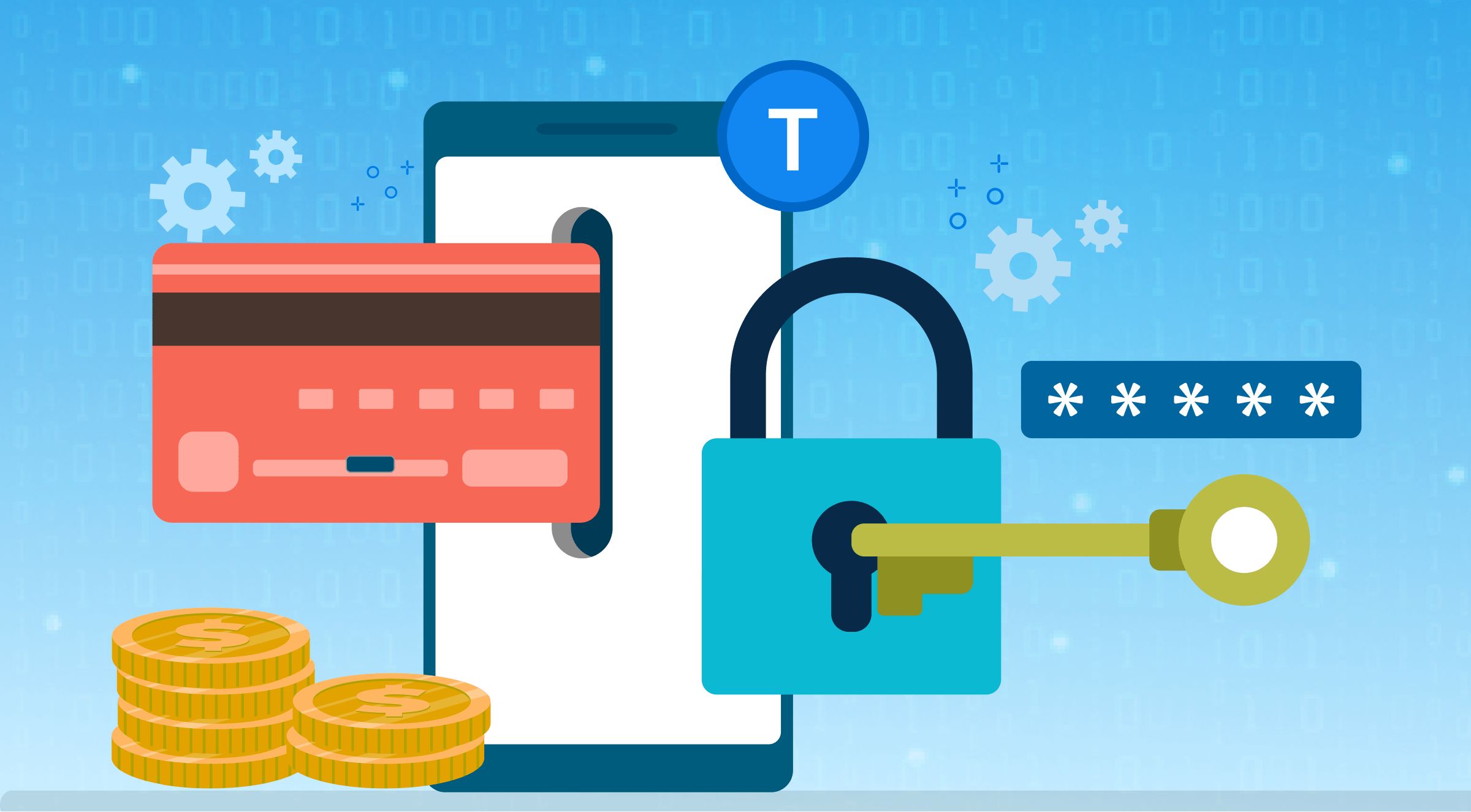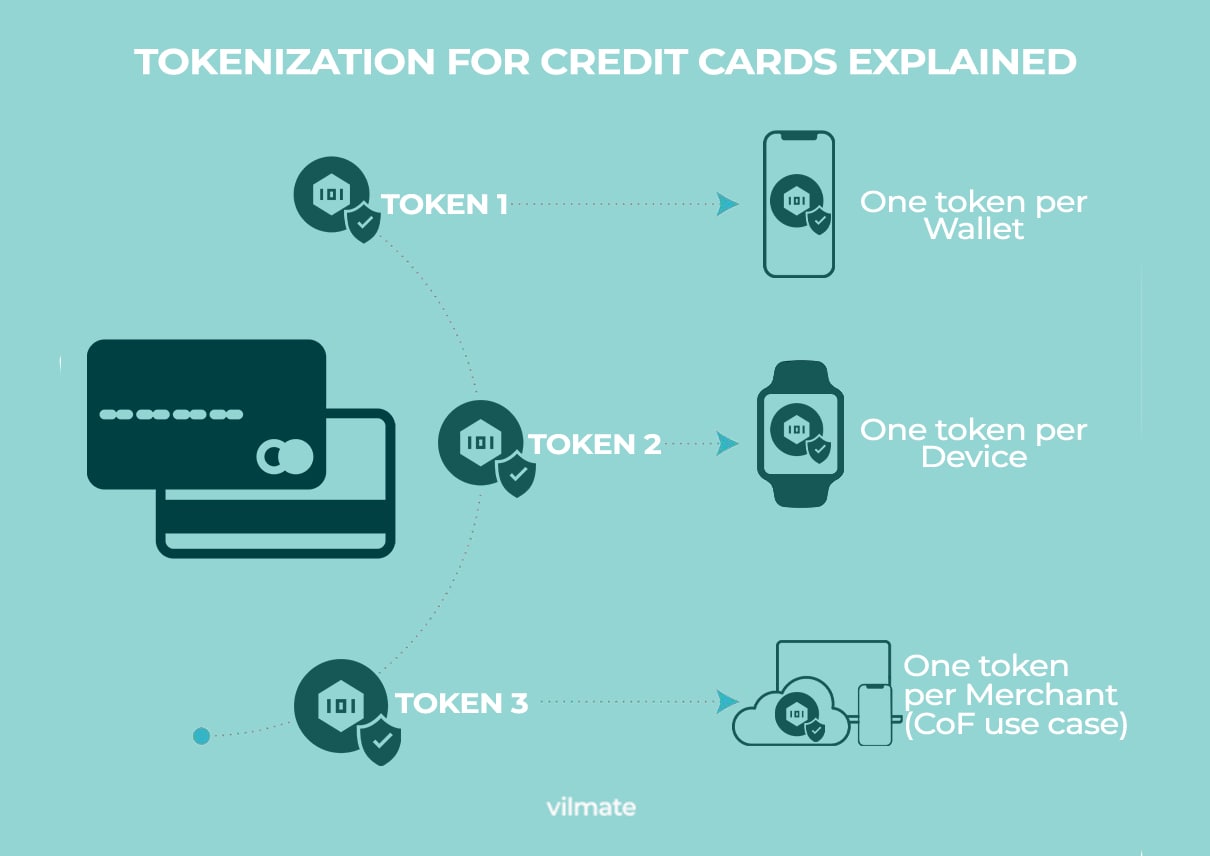Introduction
In today’s digital age, protecting sensitive information is of paramount importance. This is especially true for businesses that handle payment card data. The Payment Card Industry Data Security Standard (PCI DSS) was established to ensure that organizations adhere to strict security measures to protect cardholder data. One key method used to achieve this level of security is tokenization.
Tokenization is a process that replaces sensitive data, such as credit card numbers, with unique identification symbols called tokens. These tokens serve as references to the original data, which is securely stored in a separate system known as a token vault. By utilizing tokenization, businesses can significantly enhance security, simplify PCI compliance, build customer trust, and even save costs.
This article delves into the world of tokenization, exploring its benefits and how it differs from other data security methods. By gaining a better understanding of tokenization, businesses can make informed decisions about implementing this powerful data protection technique.
What is Tokenization?
Tokenization is a data security technique used to protect sensitive information, particularly payment card data. It involves replacing this sensitive data, such as credit card numbers or social security numbers, with randomly generated tokens. These tokens are unique and have no relation to the original data, making them meaningless and useless to potential adversaries.
The process of tokenization starts with a tokenization system that creates and manages the tokens. When a customer provides their payment card information during a transaction, the sensitive data is immediately tokenized. The token is then stored in the merchant’s system, while the actual card data is securely stored in a separate token vault or a trusted third-party system.
Each token is typically a random alphanumeric string that is of no use to anyone who comes across it. It does not contain any actual cardholder data or any information that can be used to reverse-engineer the original data. Therefore, even if a token is intercepted or stolen, it cannot be used to gain access to the original sensitive information.
Tokenization can be used for various types of sensitive data, not just payment card information. It can also be applied to Personally Identifiable Information (PII) such as social security numbers, addresses, or phone numbers. By tokenizing sensitive data, businesses can ensure that even if a security breach occurs, the stolen data remains useless to unauthorized individuals.
It’s important to note that tokenization is not the same as encryption. While both techniques aim to protect data, they do so in different ways. Encryption transforms the data into an unreadable format, and it can be decrypted with a specific key. Tokenization, on the other hand, replaces the data with a token that has no relationship to the original information, and it cannot be reversed.
In the next section, we will take a closer look at how tokenization works and the benefits it offers for businesses.
How Does Tokenization Work?
Tokenization works by replacing sensitive data with unique tokens that have no direct connection to the original information. This process involves several steps to ensure the security and integrity of the data.
- Data Collection: When a customer provides their payment card information, it is collected by the merchant’s system. This data may include the cardholder’s name, card number, expiration date, and CVV code.
- Token Generation: The merchant’s tokenization system then generates a random token to represent the sensitive data. This token typically consists of a combination of letters, numbers, and symbols. It is important to note that the tokenization system does not generate the same token for the same cardholder data. Each instance of sensitive data generates a unique token.
- Token Storage: The generated token is then stored by the merchant’s system or in a trusted third-party token vault. It is important to ensure that the token is securely stored and protected from unauthorized access. The token itself does not contain any sensitive information and is of no value to potential attackers.
- Data Forwarding: Once the token is generated and stored, the original sensitive data is either deleted or securely stored in a separate token vault. This separation ensures that even if the token is compromised, the actual cardholder data remains protected.
- Data Retrieval: When a transaction is initiated using the token, the merchant’s system sends the token to the tokenization system or the token vault. The tokenization system then retrieves the corresponding original data and passes it back to the merchant’s system for processing. This process is seamless and transparent to the customer, who is unaware that tokenization is being used.
It is worth noting that tokenization provides an added layer of security as the original data is never transmitted or stored within the merchant’s system during a transaction. Instead, only the token is used, reducing the risk of intercepted or compromised sensitive information.
Overall, tokenization offers businesses a secure and efficient method of handling sensitive data. By utilizing unique tokens and securely storing the original information, businesses can protect customer data and minimize the risk of data breach incidents.
Benefits of Tokenization
Tokenization provides numerous benefits for businesses that handle sensitive data, particularly payment card information. Let’s explore some of the key advantages of implementing tokenization:
- Enhanced Security: Tokenization significantly enhances data security by removing sensitive information from the merchant’s systems. With tokens replacing the actual data, even if a breach occurs, the stolen tokens hold no value to attackers. This reduces the risk of unauthorized access to cardholder information and minimizes the potential impact of a data breach.
- Simplified PCI Compliance: Compliance with the Payment Card Industry Data Security Standard (PCI DSS) is a complex process. Tokenization eases the burden of PCI compliance by reducing the scope of systems that need to be secured. Since tokenized data is not considered sensitive cardholder data, the systems that process and store tokens are not subject to the same stringent PCI requirements. This simplifies the compliance process and saves businesses time and resources.
- Increased Customer Trust: With the rise in data breaches and privacy concerns, customers place a premium on businesses that prioritize data protection. Implementing tokenization demonstrates a commitment to safeguarding their sensitive information. By offering a secure payment environment, businesses can build trust and loyalty among their customer base, enhancing their reputation and attracting new customers.
- Cost Savings: Tokenization can lead to cost savings for businesses. By outsourcing tokenization services to a trusted third-party provider, businesses can reduce the need for expensive data security infrastructure, such as storing and securing sensitive cardholder data. Additionally, by minimizing the risk of data breaches and potential fines associated with non-compliance, businesses can avoid costly legal and reputational consequences.
Tokenization is a superior alternative to other data security methods due to its inherent security and simplicity. It offers businesses a strategic advantage by enabling them to focus on their core operations while minimizing the risk of data breaches and ensuring compliance with industry regulations.
Next, we will compare tokenization with other data security methods to highlight its unique advantages.
Enhanced Security
One of the primary benefits of tokenization is enhanced security. By replacing sensitive data with random tokens, businesses can significantly minimize the risk of unauthorized access and data breaches. Here’s how tokenization enhances security:
- Data Protection: Tokenization ensures that sensitive cardholder data is not stored within the merchant’s systems or transmitted during a transaction. Instead, the tokens act as the reference point to retrieve the actual data from a secure token vault. This separation between tokens and data reduces the likelihood of stolen or intercepted information being useful to attackers.
- Secured Tokens: Tokens generated during the tokenization process are designed to be random and unrelated to the original cardholder data. They do not contain any identifiable or sensitive information. Therefore, even if an unauthorized party gains access to the tokens, they would be unable to deduce or exploit the underlying data.
- Segmented Storage: Tokenization separates the sensitive cardholder data from the merchant’s systems. The actual data is usually encrypted and stored in a separate token vault or with a trusted third-party service provider. This segmentation adds an extra layer of protection and reduces the risk of data compromise in the event of a security breach.
- Tokenization System Security: The tokenization system itself is built with robust security measures in place to protect the generation, storage, and retrieval of tokens. This includes encryption, access controls, and regular security audits. Tokenization service providers invest heavily in security infrastructure to ensure the highest level of protection for both tokens and the original data.
- Reduced Compliance Scope: Tokenization assists businesses in achieving and maintaining compliance with industry standards such as the Payment Card Industry Data Security Standard (PCI DSS). By removing sensitive data from the scope of the merchant’s systems, tokenization reduces the requirements and complexities involved in complying with PCI standards. This simplifies the compliance process and mitigates the risk of non-compliance fines and penalties.
By utilizing tokenization, businesses can prioritize the security of customer data and minimize the potential impact of a data breach. Customers can have confidence in the security measures implemented, fostering trust and loyalty. The enhanced security provided by tokenization sets businesses apart and demonstrates a commitment to safeguarding sensitive information.
Next, we will explore how tokenization simplifies PCI compliance for businesses.
Simplified PCI Compliance
For businesses that handle payment card data, complying with the Payment Card Industry Data Security Standard (PCI DSS) is a crucial requirement. Tokenization offers significant advantages in simplifying PCI compliance. Here’s how tokenization makes compliance easier:
- Reduced Scope: Tokenization removes sensitive cardholder data from the merchant’s systems and replaces it with randomly generated tokens. As a result, the systems that handle and store tokens are not within the scope of PCI compliance. This reduces the number of systems and components that need to meet the stringent security requirements mandated by PCI standards.
- Minimized Data Exposure: Tokenization ensures that actual cardholder data is not stored or transmitted during transactions. By minimizing the exposure of sensitive data, businesses lessen the risk of unauthorized access or data breaches. With fewer instances of sensitive data being present in the environment, the scope of PCI compliance is further reduced, simplifying the compliance process.
- Audit Trail: Tokenization systems typically provide robust logging and audit trail capabilities. These logs can be utilized during PCI compliance assessments to demonstrate the proper handling and protection of sensitive data. By having a detailed record of tokenization processes and activities, businesses can streamline the audit process and provide evidence of compliance.
- Updated Standards: Staying compliant with PCI DSS can be challenging due to evolving security threats and changing compliance standards. Tokenization service providers are responsible for ensuring their systems and processes align with the latest PCI standards. By utilizing tokenization services, businesses can benefit from the expertise of the service provider and their commitment to maintaining PCI compliance.
- Validation Requirements: Tokenization can simplify the validation requirements for PCI compliance. The Self-Assessment Questionnaire (SAQ) is a process that merchants must complete to demonstrate compliance. Depending on the type of tokenization implementation and the specific SAQ category applicable, businesses may be eligible for a shorter, more streamlined validation process.
By leveraging tokenization, businesses can significantly simplify their PCI compliance efforts. Removing sensitive cardholder data from their systems reduces risks, complexity, and costs associated with compliance. Furthermore, businesses can focus their resources on core operations, knowing that their compliance requirements are being effectively addressed by leveraging tokenization technology.
Next, we will discuss how tokenization helps businesses build customer trust.
Increased Customer Trust
In an era of increasing data breaches and privacy concerns, building and maintaining customer trust is crucial for businesses. Tokenization plays a significant role in enhancing customer trust by providing robust data security measures. Here’s how tokenization helps businesses gain and retain customer trust:
- Data Protection: Tokenization demonstrates a commitment to safeguarding sensitive customer data. By replacing actual cardholder information with random tokens, businesses ensure that customer data is not stored or transmitted in its original form during transactions. This reduces the likelihood of data breaches and unauthorized access to sensitive information.
- Security Transparency: Tokenization allows businesses to be transparent about their security measures. By clearly communicating that tokenization is employed to protect customer data, businesses reassure customers that their sensitive information is being handled with the utmost care. This transparency helps build trust and confidence in the company’s commitment to data security.
- Lower Risk of Data Breaches: Tokenization minimizes the potential impact of a data breach on customers. Even if a breach occurs, stolen tokens hold no value to attackers without access to the tokenization system or the corresponding token vault. This reduces the risk of financial fraud and identity theft, giving customers peace of mind when engaging in transactions with the business.
- Compliance Assurance: Tokenization is a recognized method for achieving and maintaining compliance with industry standards such as the Payment Card Industry Data Security Standard (PCI DSS). By implementing tokenization, businesses can assure customers that they are meeting the highest security standards and adhering to industry regulations. This assurance fosters trust and confidence in the business’s data protection practices.
- Positive Reputation: A strong focus on data security, evidenced by the implementation of tokenization, enhances a business’s reputation. Customers are more likely to trust companies that prioritize their privacy and take proactive steps to protect their information. A positive reputation for data security can attract new customers and retain existing ones in an increasingly competitive marketplace.
By demonstrating a commitment to the security and protection of customer data, businesses that utilize tokenization can build and maintain a positive reputation for data security. Customers feel more confident and assured that their sensitive information is being handled securely, which encourages continued engagement and loyalty.
In the next section, we will explore the cost savings that tokenization can provide for businesses.
Cost Savings
Implementing tokenization can lead to significant cost savings for businesses. By leveraging this data protection technique, companies can reduce expenses associated with data security and potential data breaches. Here are some of the key areas where tokenization provides cost-saving benefits:
- Data Security Infrastructure: Tokenization eliminates the need for businesses to invest in and maintain extensive data security infrastructure. Instead of storing and securing sensitive cardholder data, the focus shifts to securely managing and storing tokens. This reduces the complexity and costs associated with maintaining and upgrading hardware, software, and security systems.
- Insurance Premiums: Insurance companies often consider the level of data security implemented when determining coverage and premiums. By implementing tokenization, businesses demonstrate advanced data security practices, which can potentially lead to lower insurance premiums. The reduced risk of data breaches associated with tokenization lowers the overall risk profile of the business, resulting in potential cost savings in insurance coverage.
- Data Breach Expenses: In the unfortunate event of a data breach, businesses may be responsible for various costs, including forensics investigations, customer notification, legal fees, and potential regulatory fines. Tokenization helps minimize the risk of data breaches and unauthorized access to sensitive information, reducing the likelihood of incurring these costly expenses.
- PCI Compliance Costs: Achieving and maintaining compliance with the Payment Card Industry Data Security Standard (PCI DSS) can be a resource-intensive process. By implementing tokenization, businesses can narrow the scope of systems and components that fall under PCI compliance requirements. This consolidation helps reduce the time, effort, and associated costs of achieving and maintaining compliance.
- Labor and Training: Tokenization simplifies data security processes and reduces the burden on IT and security teams. With sensitive cardholder data being tokenized and stored in secure token vaults, less time and effort are required to handle and secure the data. This frees up resources and allows IT personnel to focus on more strategic initiatives rather than routine data security tasks.
By implementing tokenization, businesses can realize significant cost savings associated with data security infrastructure, insurance premiums, potential data breach expenses, PCI compliance costs, and labor. These cost savings can contribute to the overall financial health of the organization and enable investments in other critical areas of business growth.
Next, we will compare tokenization with other data security methods to highlight its unique advantages.
Tokenization vs. Other Data Security Methods
Tokenization stands out among other data security methods due to its effectiveness and unique advantages. Let’s compare tokenization with other popular data security methods to understand its superiority:
- Encryption: Encryption transforms sensitive data into an unreadable format using an encryption algorithm and a specific key. While encryption provides data protection, it can be reversed with the proper decryption key. Tokenization, on the other hand, replaces the data with tokens that have no relationship to the original information. With tokenization, the original data stored outside the merchant’s systems is secure, even if the token is compromised.
- Masking: Masking partially hides sensitive data by replacing certain characters with placeholders or asterisks. While masking can be effective for display purposes, the original data is still present within the system and can be accessed by authorized individuals. Tokenization removes sensitive data entirely, reducing the risk of unauthorized access and potential data breaches.
- Redaction: Redaction permanently removes sensitive data from a document or record. This method is commonly used for textual data in documents, but it may not be suitable for securing payment card information during transactions. Tokenization, on the other hand, secures the data while maintaining its usability for future transactions, ensuring a seamless payment experience.
- Tokenization with Encryption: Some methods combine tokenization with encryption to provide an extra layer of security. This hybrid approach involves encrypting the original sensitive data and then tokenizing it. While this offers added security, it also introduces additional complexity and potential points of failure. Pure tokenization simplifies data security by removing the need for decryption keys and separate encryption processes.
- Key Management: Tokenization eliminates the need for businesses to manage encryption keys, which can be a complex and resource-intensive process. With tokenization, businesses can rely on the secure management of tokens by a trusted service provider or a token vault, greatly reducing the burden of key management while ensuring data security.
Tokenization distinguishes itself by providing a comprehensive and secure approach to data protection. It removes sensitive data from the merchant’s systems entirely, reducing the risk of data breaches and unauthorized access. The separation of data and tokens eliminates the need for complex key management and encryption processes, simplifying data security without sacrificing effectiveness.
By implementing tokenization, businesses can ensure a high level of data security while maintaining seamless payment transactions and simplified compliance with industry regulations.
In the concluding section, we summarize the key points discussed and emphasize the benefits of tokenization as a data security method.
Conclusion
Tokenization is a powerful data security method that offers significant advantages for businesses handling sensitive information, especially payment card data. By replacing sensitive data with randomly generated tokens, businesses can enhance security, simplify PCI compliance, build customer trust, and save costs.
Tokenization provides enhanced security by removing sensitive data from the merchant’s systems. The tokens themselves hold no value to potential attackers, and the actual data is securely stored in a separate token vault. This reduces the risk of unauthorized access and data breaches.
Simplified PCI compliance is another benefit of tokenization. By removing sensitive data from the scope of compliance requirements, businesses can streamline the process and reduce associated costs. Tokenization ensures that only tokens, not cardholder data, are present within the PCI compliance scope.
Implementing tokenization also helps to build and maintain customer trust. By utilizing tokenization, businesses demonstrate a commitment to data security, assuring customers that their sensitive information is protected. The reduced risk of data breaches and potential fraud enhances customer confidence and loyalty to the business.
Tokenization offers cost savings in various areas. By eliminating the need for extensive data security infrastructure, businesses can reduce hardware, software, and maintenance costs. Additionally, the minimized risk of data breaches lowers expenses related to forensics investigations, customer notification, legal fees, and non-compliance penalties.
Compared to other data security methods like encryption, masking, and redaction, tokenization provides unique advantages. It ensures data security without the need for complex decryption keys, offers seamless payment transactions, and simplifies key management.
In summary, tokenization is a powerful tool that businesses can leverage to protect sensitive data, simplify compliance, and build customer trust. By implementing tokenization, businesses can mitigate the risks associated with data breaches, streamline compliance processes, and gain a competitive advantage in the marketplace.
With its enhanced security, simplified PCI compliance, increased customer trust, and cost-saving benefits, tokenization is a critical component of any comprehensive data protection strategy.







